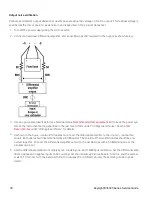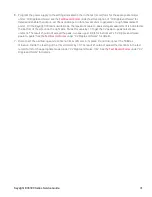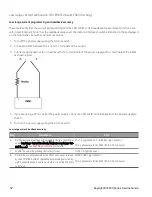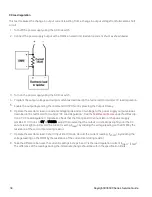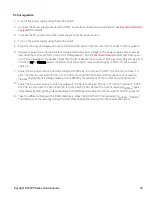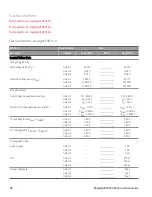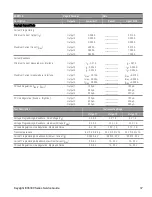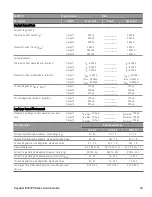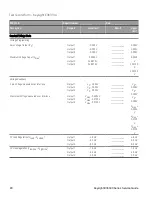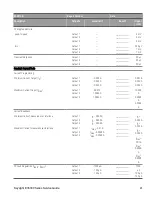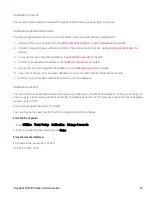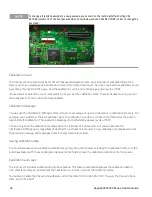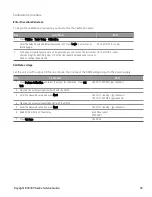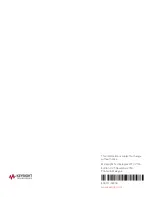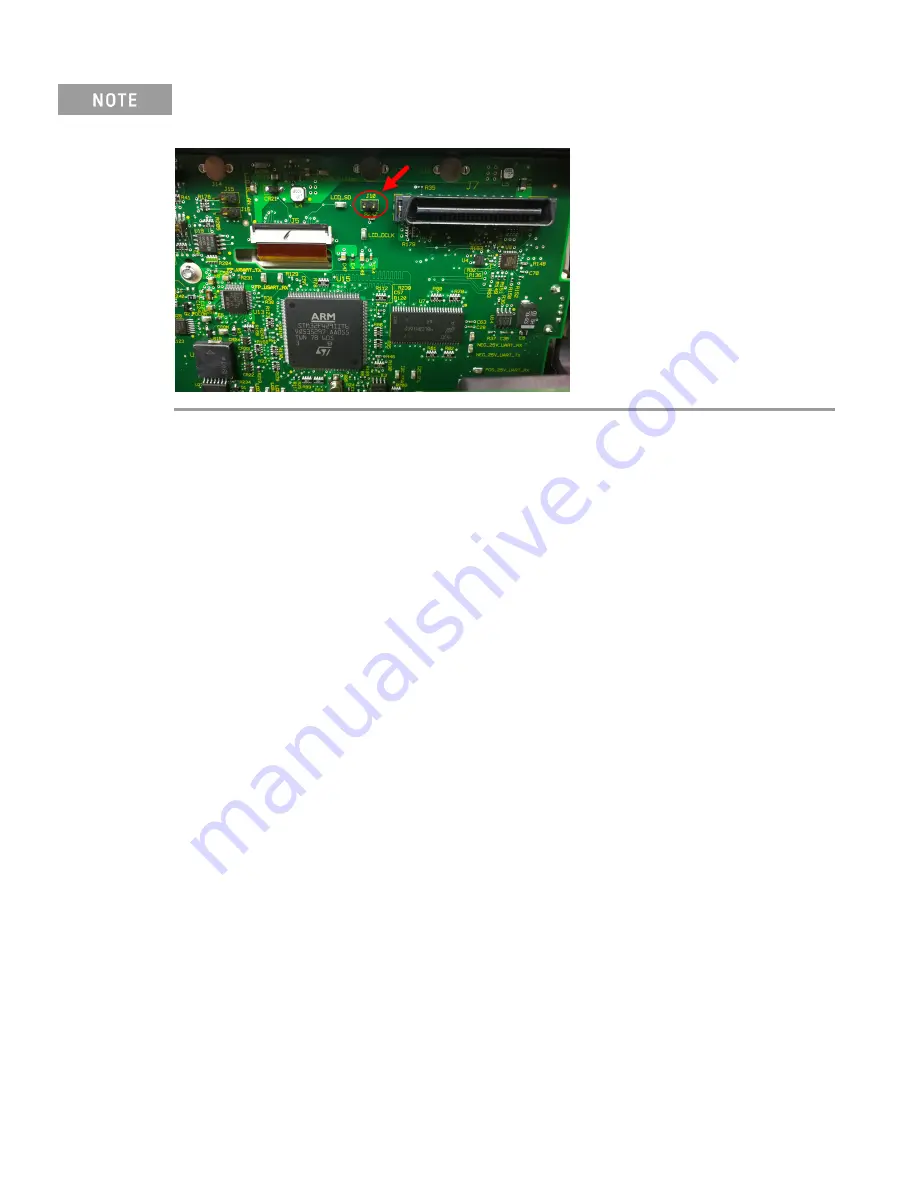
To change a forgotten passcode to a new passcode, you can turn on the instrument after shorting CAL
SECURE jumper J10 on the front panel board as shown below and send CAL:SEC:CODE <code> to change the
passcode.
Calibration count
The instrument counts the number of times it has saved calibration data. Your instrument was calibrated at the
factory; when you receive your instrument, read and record the initial count. You can only read the calibration count
by sending the CAL:COUNt? query, and the calibration count is not change by a power cycle or *RST.
If Auto Save is enabled, the count increments when you exit the calibration state. To avoid double counting, do not
manually save the count with Auto Save enabled.
Calibration message
You can use the CALibration:STRing command to store a message of up to 40 characters in calibration memory. For
example, you could store the last calibration date, the calibration due date, or contact information for the person
responsible for calibration. The calibration message is not affected by a power cycle or *RST.
You can only store the calibration message when the instrument is unsecured, but you can execute the
CALibration:STRing? query regardless of whether the instrument is secured. A new calibration message overwrites
the previous message, and messages over 40 characters are truncated.
Saving calibration data
You must always save new calibration data before cycling instrument power or leaving the calibration state with the
Auto Save feature off. To save calibration data, send CAL:SAVE or save the calibration data from the front panel.
Calibration auto save
The instrument includes a calibration Auto Save feature. This feature automatically saves the calibration data to
non-volatile memory and increments the calibration count when you exit the calibration state.
To enable or disable the CAL auto Save feature, send CAL:ASAV ON or CAL:ASAV OFF. To query the CAL auto Save
state, send CAL:ASAV?
44
Keysight E36300 Series Service Guide

